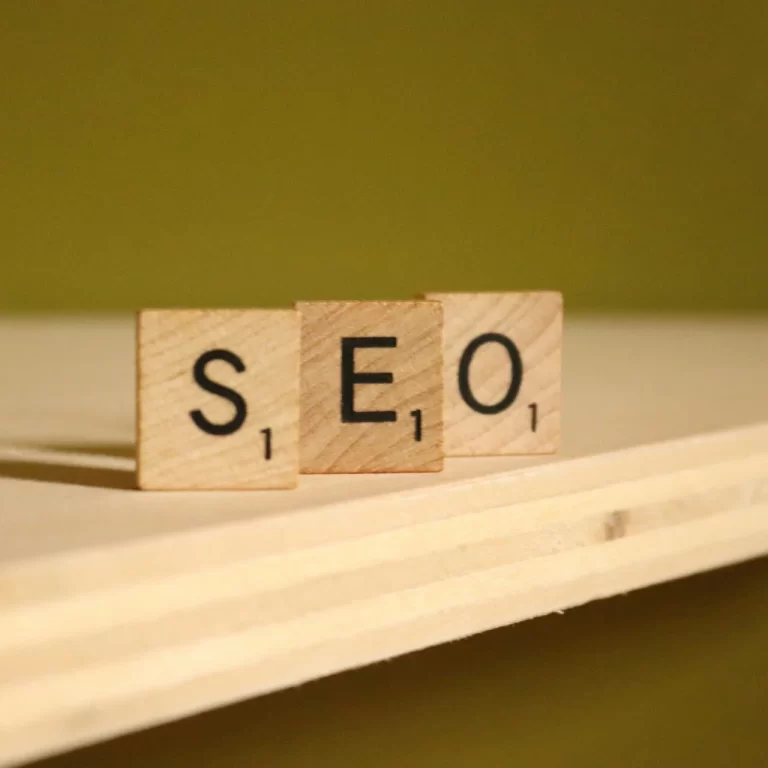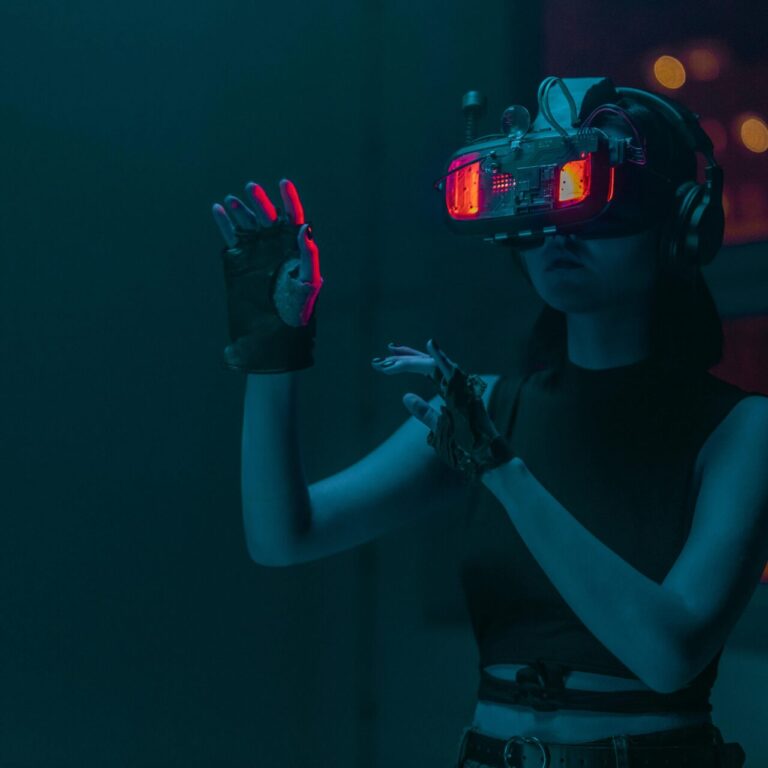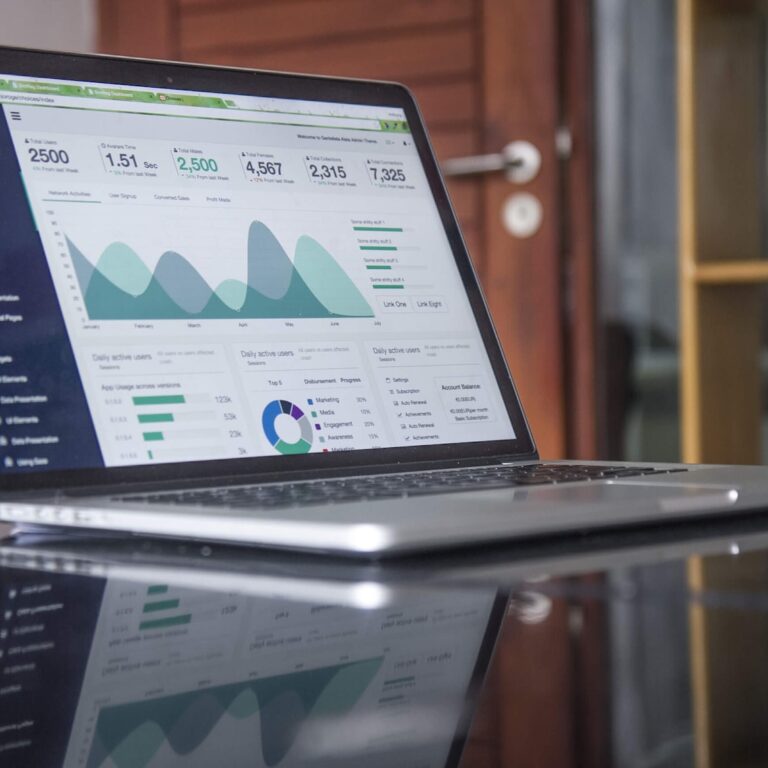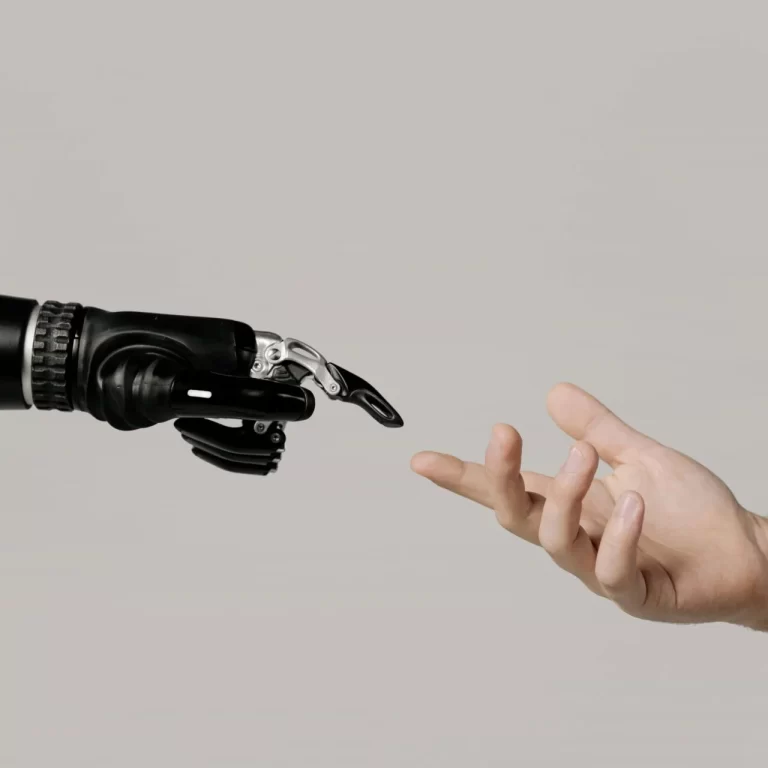The year of revolutionary and reactionary design will be 2024. This article will look at seven new trends in web design. A few of the web design trends of 2024 will develop from current design trends. Some of these trends will lead us in an opposite or different direction from what has been popular in recent years. However, that is how things work.
So with that said, let’s have a look at what’s on the horizon for 2024 in web design.
-
Sci-Fi-Inspired Design
It’s an interesting time we live in. Innovative technologies are certainly in demand in both the commercial and consumer sectors. As a result, I believe that companies in two major tech sectors (healthtech and fintech) will design their websites and applications to have a more futuristic vibe.

-
Textured Design
Even if Big Tech and AI are taking over a ton of industries, many individuals crave for some kindness and reality when they browse the internet. Therefore, IT companies will likely embrace designs that look more futuristic, and other brands will likely take the opposite approach. Instead of using a lot of neon colors, flat graphics, and animations on their websites, they will add some depth and substance. Companies that produce physical products or offer personal services will probably be the ones to use this strategy.

-
Hyper-Minimalism
This is an additional web design trend that, is responsive. It seems like some firms revert to their more traditional looks, instead of embracing the bold, boundary-pushing looks that the AI era has developed. However, hyper-minimalism won’t require designing bland, colorless, or unattractive websites. More emphasis will be placed on appreciating white space and letting guests take their time and space.
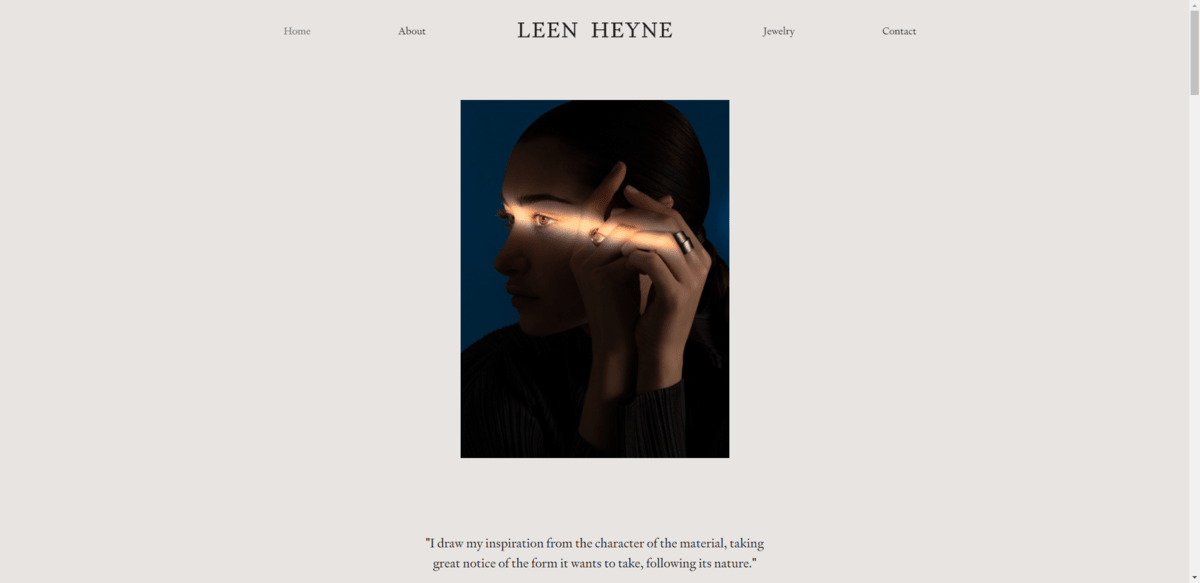
-
Adaptive Headers
While a transparent header design may seem great, how likely is it that the button, text, and logo will be able to stand out against the background of each area they go over? Removing the sticky header is one way. However, by making customers scroll to the top every time they want to view another page, you face the risk of making the website less user-friendly. Another option is to make the transparent header solid after the user exits the section containing the hero. That might, however, compromise the website’s seamless appearance, which is partially why transparency was initially desired. If the color contrasts too much with the rest of the page, it might also make the header unappealing.

-
Multiplanar Scrolling
Content usually moves from top to bottom in the same direction when a user scrolls down a page. The website may appear to stop moving at certain points while animations are playing, yet everything remains in the y-direction.
Scrolling that is both biplanar and multiplanar will change that. Users may now begin to see content that moves across the x-axis when they scroll down web pages.
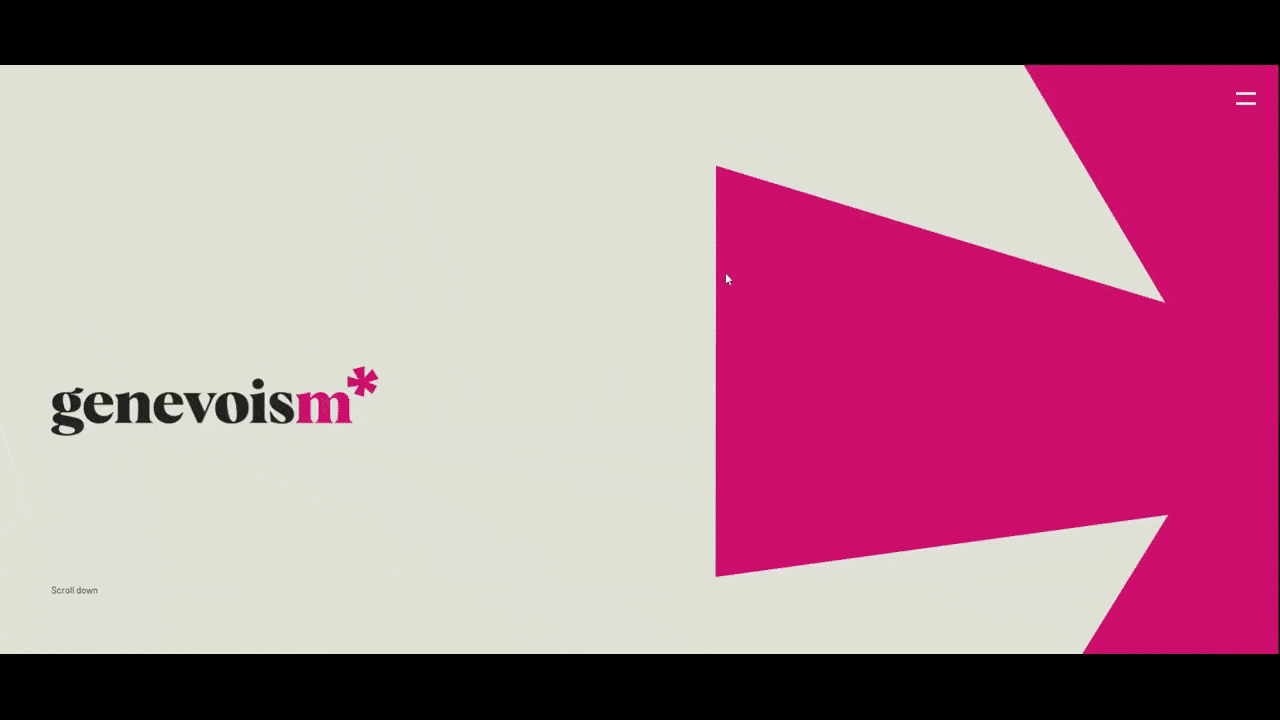
-
Hand-drawn logo elements
There was a brief moment when it looked as though a lot of logos were becoming flattened and overly digitalized. Large tech businesses were the ones who first frequently displayed this, and everyone else seemed to follow.
Brands will start ditching the digital flat logo in 2024 and beyond in favor of something more genuine and approachable. There are instances where the hand-drawn element of the logo is a letter or form. In other situations, the entire logo will seem to be drawn by hand.

Teleprompter Typography
One of the issues we face when creating content for websites is to not write so much that people don’t want to read it all. Users are visiting websites to learn about what they are buying. People simply can’t handle being given too much at once since they have short attention spans.
In some cases, though, it’s not possible to write short, snappy snippets. This issue has been resolved by certain designers, and in 2024, we will see a lot more of this.

We’ll see other trends in web design in 2024 than these. Still, this is a nice collection to start with if you’re seeking for fresh trends to add some spice to your designs. There are innovative trends such as teleprompter typography, which addresses a prevalent issue with user experience. Additionally, there are evolutionary trends like sci-fi-inspired design, which will allow high-tech companies to add a futuristic, jaw-dropping sheen to their websites.
